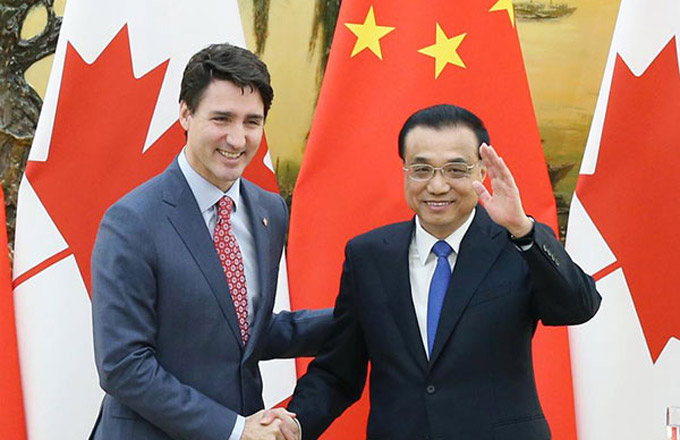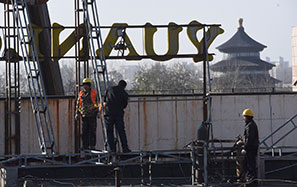Asia growth pessimism is not warranted
While secular stagnation for the global economy is still a debated hypothesis, for developing Asia, a downbeat view of its economies and policies is clearly overdone. While growth has slowed, it is still robust. At 6.5 percent annually over the last five years, Asia has remained the fastest growing region in the world. By comparison, developing countries outside Asia grew 3.4 percent and advanced countries only 1.6 percent annually during the same period.
Yes, developing Asia's growth is noticeably slower. In the decade up to 2010, annual average growth reached 7.6 percent. Our most recent forecasts project regional growth to edge down to 5.7 percent over the next two years.
This, however, does not portend a secular decline in the region's growth rates.
Lingering crisis-related factors partly explain this slowdown. Weak global demand has reduced exports from the region's open economies, including those with strong links in global value chains. Furthermore, the flagging global recovery and growth moderation in China have softened global commodity prices and constrained the growth of commodity-exporters, including many Central Asian countries.
There are important structural factors too. A recent study by the Asian Development Bank shows that developing Asia's potential growth - or growth consistent with stable inflation - slowed from 7.4 percent annually in the seven years before the global financial crisis to 7.1 percent in the seven years after the crisis, due to a combination of falling growth in the size of labor force - related to demographics - and in labor productivity.
The reality is that when we look at Asian economies today we see several reasons for optimism:
First, while China's growth deceleration may continue, it is likely to be gradual. The key to sustain China's growth at a robust pace is to maintain solid productivity growth through a greater focus on innovation and industrial upgrading, to offset the impact of its declining working-age population. This is among the priorities of China's new 13th Five-Year Plan (2016-20). The ongoing shift in its growth model from heavy reliance on manufacturing exports and investment towards domestic consumption and the service sector will make growth more balanced and therefore more sustainable. The ADB projects China will grow 6.5 percent in 2016 compared with 6.9 percent in 2015.
Second, many other Asian economies continue to grow strongly, benefiting from reform efforts. Over time, developing Asia's growth is likely to be driven by multiple growth centers. India, for example, is the fastest growing major economy and has developed a comparative advantage in services particularly information technology services. The country is currently attempting to foster manufacturing development and linkages to global value chains through its "Made in India" strategy. Likewise, Indonesia is attempting to shift away from a dependence on natural resources into manufacturing development. And, growing at 7 to 8 percent annually, Cambodia, Laos, and Myanmar continue to catch up with the rest of the Association of Southeast Asian Nations.
And, as the country gradually withdraws from low-cost, labor-intensive manufacturing industries and its growing middle class demands more quality consumer goods, China's structural transformation offers new opportunities to other economies.
Third, regional economies have learnt valuable lessons from the Asian financial crisis and taken steps to reduce their financial vulnerability and bolster their resilience to external shocks. Across developing Asia, macroeconomic management has improved, and authorities have intensified the use of macroprudential policies and strengthened the oversight of corporates and financial institutions.
Last but not the least, many Asian countries are scaling up reform efforts in their trade and investment regimes, macroeconomic management and public finance, financial regulation, and public sector governance. These reforms will continue to reduce impediments to efficient resource allocation, improve technical and managerial efficiency, enhance an economy's ability to respond to shocks, and lay the foundations for greater private investment and innovation. In recent decades, structural reforms that addressed specific domestic constraints have been key drivers of rapid economic growth in developing Asia, and they will remain so in the years ahead.
Undue pessimism about developing Asia's growth is misplaced. With reforms and their effective implementation, the region can and will continue to drive global growth.
Juzhong Zhuang is deputy chief economist and deputy director general, and Ganeshan Wignaraja is an advisor, at the Economic Research and Regional Cooperation Department of the Asian Development Bank.


















